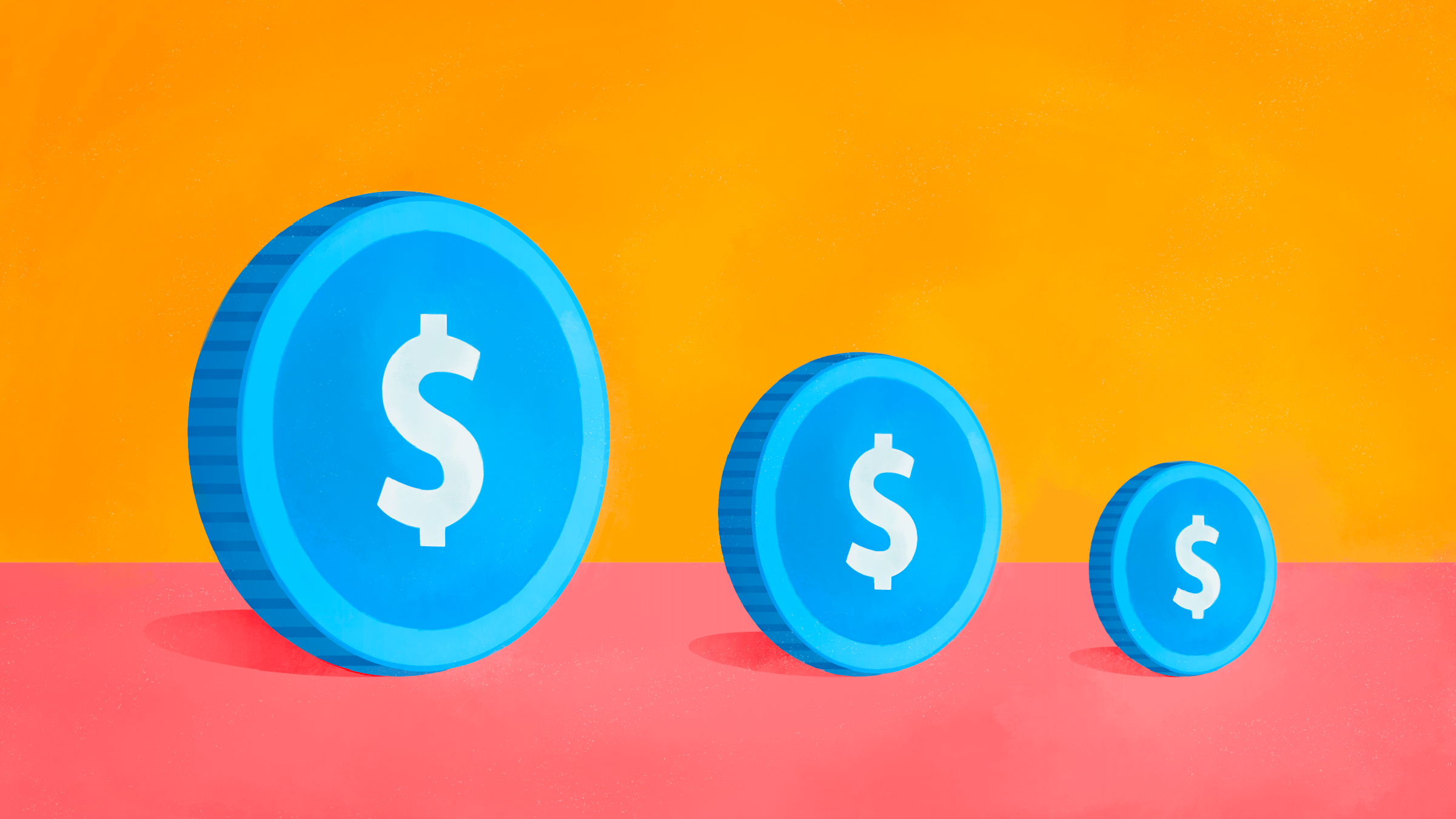
A highly unusual situation is occurring in all markets but a few emerging ones: Stocks dividends are above bond yields – while rate hikes loom closer. Where’s an investor to go?
Data from Macro Hive shows that bond yields are far below stock dividends, a situation “that has prevailed in recent years but that has not occurred in a long time, at least since 1959,” says John Rekenthaler, Vice-president of research at Morningstar.
“Back then, Rekenthaler continues, Stocks had higher dividends than bonds. However, that changed by the late 1950s, as investors realized that: 1) On average, those dividends only represented 60% of stock earnings, while bond yields were of course 100% of what the bonds could pay; 2) most stocks would increase their earnings and dividends over time, while bonds would not. So, the pattern reversed and it remained that way until the middle of the last decade, when stock yields once again surpassed bond payouts.”
“Quantitative easing by central banks has floored bond yields, and dividend yields have not fallen commensurately,” adds Aidan Garrib, Head of Global Macro Strategy and Research, at Pavilion Global Markets.
Upside Down World
In the present depressed landscape of bond yields, the U.S. stands as an exception, with bond yields sitting just a whisker below dividends, whilst in Canada, bonds yield about 60% of what dividends do. And even Canada fares quite well when you consider that in the UK, bond yields are 85% below dividends, in France, 95% below, Germany’s bond yields sitting in negative territory at about -0.03%, Switzerland’s also, at -0.02. In China, the traditional dominance of bond yields holds, but barely, about 20% above dividends.
And then, you find several outliers where yields stand well above dividends, all among emerging markets like Brazil (+40%), India (+300%), Mexico (+120%) and South Africa (+80%).
The seeds of this situation were planted 13 years ago. “We’re still living out the consequences of the 2008 crisis, when central banks coordinated to lower rates, comments Rekenthaler. And we’ve been in that mode ever since, because global growth has been sluggish, and inflation hasn’t appeared. Because of that combination, low rates were the way to stimulate the economy. And Covid reaffirmed that view, after central banks tried, unsuccessfully, to push rates up around 2016. And all that is depressing bond yields, while dividend yields are somewhat normal, though maybe at the low end.”
However, very recently, bond yields have ticked up, “mostly because of the hardening stance of central banks,” notes Garrib. Indeed, the European central bank has started tapering, the Bank of England is adopting a more hawkish stance, as are most central banks in the developed economies.
Strategies for Shifting Grounds
All this puts investors in an uneasy position. On the one hand, your usual 10-year and 30-year bonds are certainly not attractive for investors. “One way to look at this is to think that stocks are cheap, and bonds, expensive, Rekenthaler points out. But we certainly can’t say that stocks are cheap, though we can say that bonds are expensive considering that a 30-year Treasury bond pays 2.09%. That’s a long time to be locked in the idea that inflation will be dormant; so that means that bonds are expensive.” In fact, in most cases, bond yields are negative, when one factors in present inflation.
Also, with inflation rearing up its head, it is even more difficult to assume that it will be “dormant” for 10 years, less so for 30 years. “What do you do? Rekenthaler asks. You should be in cash and short bonds with one or two year durations. I wouldn’t want to be in long bonds at this moment.”
As for stocks, they have lost some of their appeal. “Frankly, everything looks expensive, at least for me,” Rekenthaler says. “The time for peak risk is probably behind us,” Garrib agrees, explaining that central banks’ quantitative easing and ultra-low rates while they lasted pushed investors away from bonds and dividend stocks by lifting earnings-per-share expectations, toward risky assets like junk bonds and risky stocks.
But rate hikes are definitely on the horizon as the tone of central bankers has become more hawkish. “With that in view, investors would be flocking to low volatility, more stable and higher quality stocks – and toward dividends, Garrib adds. These are not sexy businesses (like high tech growth darlings). They’re real estate, insurance, cigarettes. With these, you can easily forecast earnings and predict dividend performance.”
So, with investment-grade quality bonds offering depressing yields, investors can turn to dividend-yielding stocks, proposes Garrib, covered call ETFs (“which are pretty stable with good dividends,” he notes) and preferred shares, which are now yielding 4% to 5%. Of course, such assets are not as safe as IG bonds, but safety, presently, gives net zero.
Debt’s Too Big to Fail?
It’s far from certain that central banks will have the leisure to hike rates. “I’m circumspect, Garrib states. Globally, there’s about US$ 60 trillion in US-denominated debt, of which US$ 300 billion comes in for renewal each year. If a bank loans me $1 trillion at 0.0% interest, I’m okay. But lift that rate only by a fraction, to 0.03%, and that threatens to put me underwater. That’s the world we’re in.”
So we could end up in a situation where inflation gathers momentum while central banks can’t hike rates to rein it in. But that’s a whole other can of worms.
Any Bonds Still Worth a Bet?
Dividend-yielding stocks are attractive right now, but what about the “outliers” mentioned earlier – emerging economies where bond yields are well above stock dividends? Garrib doesn’t feel comfortable there. “A large share of your return is reliant on the currency exchange rather than just on interest rates, he points out. Do I want that exchange risk in a world where growth is slowing, notably in the U.S. and in China, and where central banks are tightening? That’s not bullish for emerging markets.”
Garrib concedes that Brazil and South Africa “could be attractive,”, while he can’t really say for India and Mexico, and he rules out Turkey “where inflation is sky high and the currency very volatile”. Bond yields are quite attractive there, he concedes advises investors to do their homework before making a move.









:quality(80)/cloudfront-us-east-1.images.arcpublishing.com/morningstar/VYKWT2BHIZFVLEWUKAUIBGNAH4.jpg)










